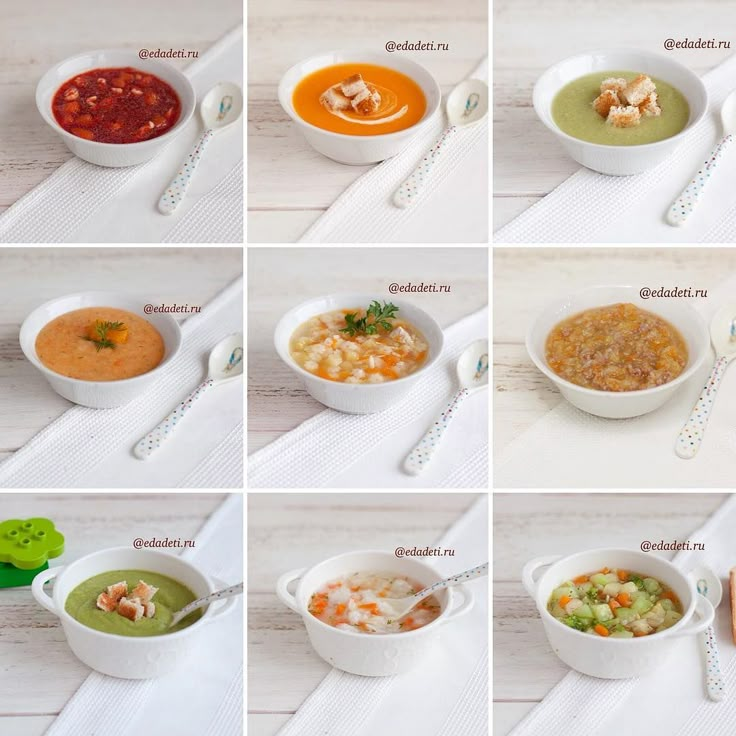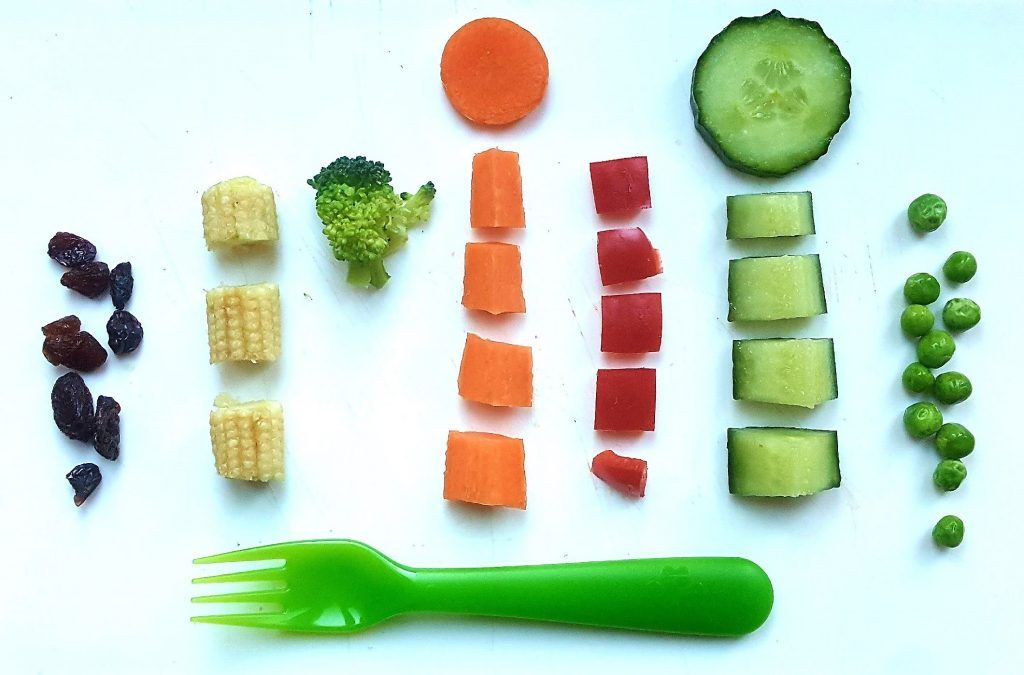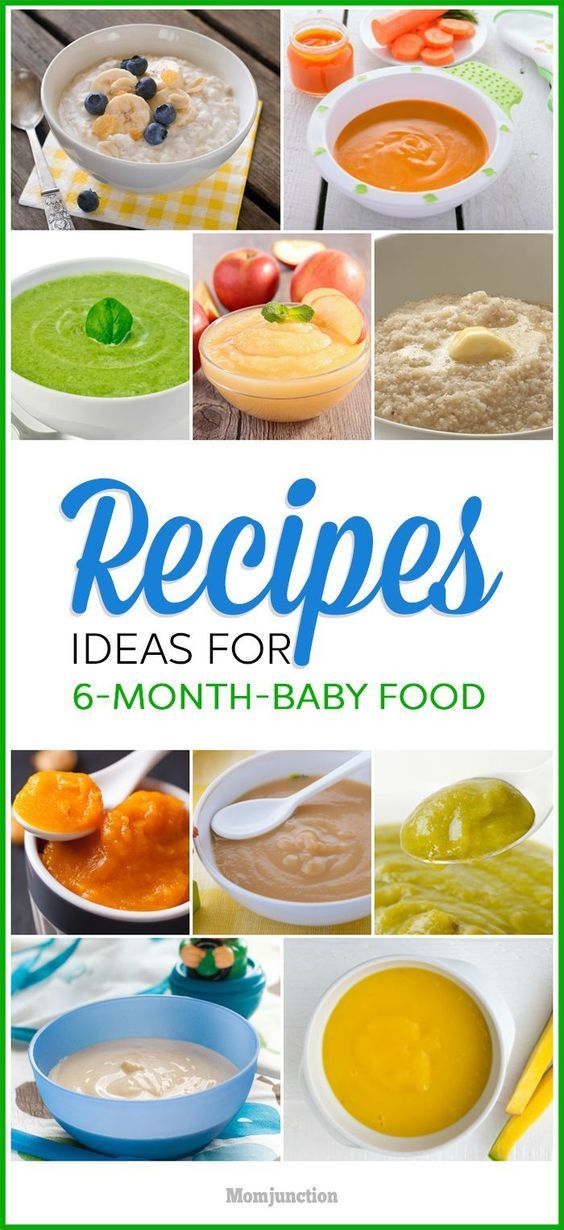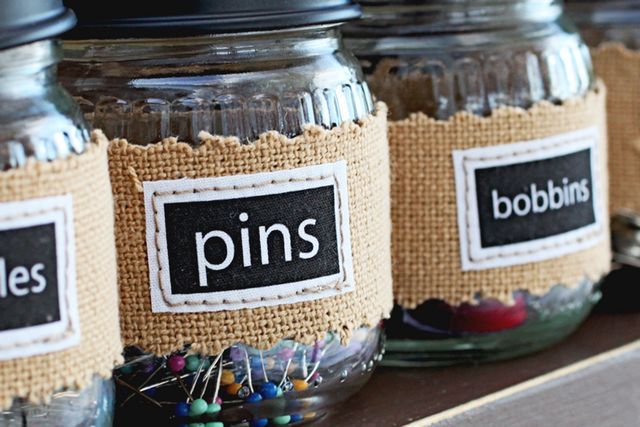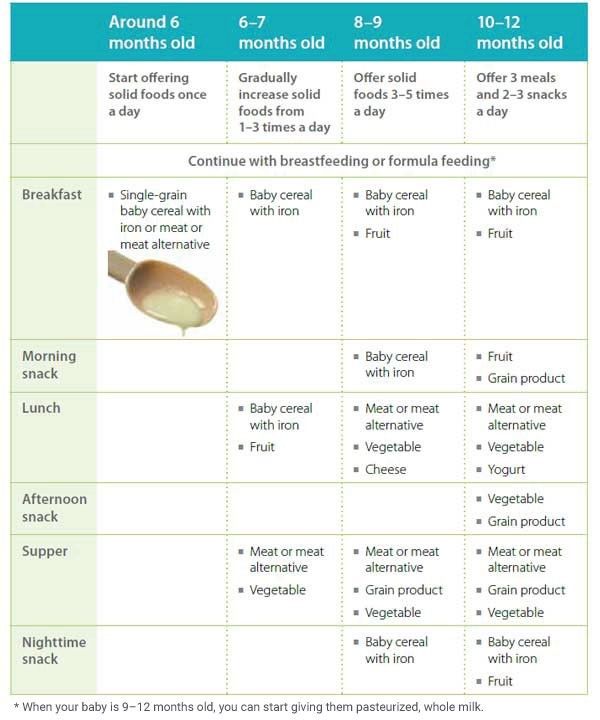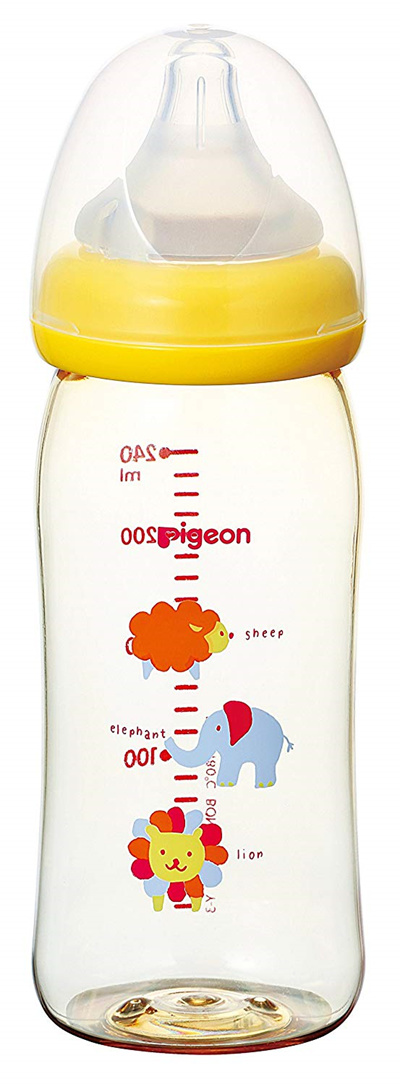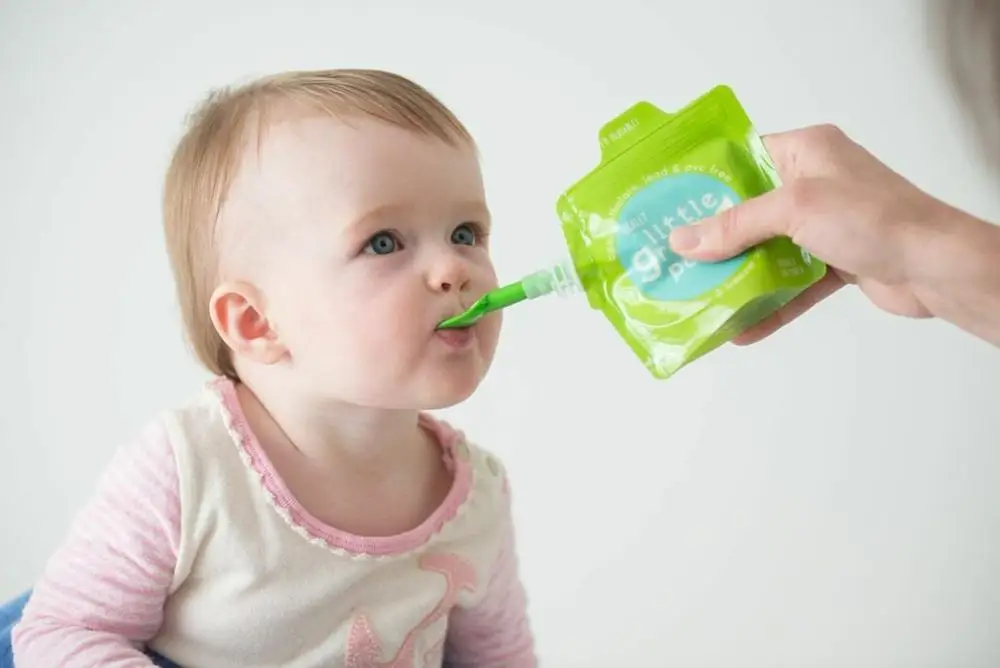When does a baby stop bottle feeding
How to Transition Your Baby from a Bottle to a Cup
Written by Barbara Brody
Whether you breastfeed, bottle feed, or do a combo of the two, at some point you'll wonder: Is it time to move on to a cup?
If you just breastfeed, the easiest switch is to skip bottles entirely and go straight to cups around the 1-year mark, or whenever you decide to stop nursing. If your child happily sucks on bottles, their first birthday might still be a good choice. That's because you're already changing from formula to cow's milk around that time.
Missed that window? Waiting until your baby is a little older? No worries, but don’t wait too long. The American Academy of Pediatrics suggests saying bye-bye to the bottle before your baby is 18 months old. "I'd say definitely before age 2, but the sooner the better," says Keith T. Ayoob, EdD. He’s an associate clinical professor of pediatrics at Albert Einstein College of Medicine in Bronx, N.Y.
As a registered dietitian who works with kids, Ayoob snatches the bottle from kids as old as 5 -- and he says it isn't pretty. "You have to know your child, but in general, the longer you wait the harder it is."
Why the Bottle Needs to Go
A bottle gives food and comfort to many children, so letting your little one use it for as long as they like might seem harmless enough. But there are several reasons why it's smart to switch to cups:
Bottles boost tooth decay. Milk has lactose, a type of sugar. And if you're giving your child juice in a bottle (though you shouldn't), that's even worse. "The acid in juice is a nightmare for teeth," Ayoob says.
Milk should remain an important part of your child's diet, and juice is OK now and then. Sucked from a bottle though, the sugar and acid will stay longer on their teeth, which could lead to cavities. Letting a baby go to sleep with a bottle is especially bad, because your body makes less saliva (which helps to wash away food particles) while you're asleep.
Prolonged use of a bottle is linked to obesity. Research shows that kids who are still using a bottle at age 2 are more likely to be obese by the time they're almost 6. Ayoob says some kids walk around with a bottle in their mouths all the time, even though they’re eating plenty of solid food. This can result in too many calories.
Ayoob says some kids walk around with a bottle in their mouths all the time, even though they’re eating plenty of solid food. This can result in too many calories.
He says that being too attached to the bottle could have the opposite effect, too: With some picky eaters, the bottle becomes the “go-to meal," and a child may not be eating enough of his breakfast, lunch, or dinner.
Bottles could mess with her smile. Constant sucking can change the position of her adult teeth down the line. It can affect the development of her facial muscles and palate (roof of her mouth), says Peter Richel, MD. He's the chief of pediatrics at Northern Westchester Hospital in Mount Kisco, N.Y. This can easily lead to an overbite that might later need to be corrected with orthodontia such as braces.
Drinking while laying down increases the chance of ear infections. If your little one loves to curl up with a bottle, watch out.
"Some of the milk kind of gurgles up in the back of the throat, and it just sort of sits there while bacteria grows," Ayoob says. "Bacteria can crawl right up the Eustachian tube [in the throat] and into the ear."
"Bacteria can crawl right up the Eustachian tube [in the throat] and into the ear."
Giving the Bottle the Boot
Your child should know how to drink out of a cup before you take away the bottle. Many pediatricians tell parents to introduce sippy cups around 6 to 9 months. That's when kids commonly start drinking water and other liquids besides formula and breast milk.
If, from a young age, you start giving some milk (not just water) in sippy or regular cups, then things will be easier when you're ready to get rid of the bottle for good, Richel says.
Once you decide to ditch bottles, there are two main ways to go about it: Go cold turkey, or slowly wean her off. Whichever way you choose, experts agree that sticking to it is key. "Cold turkey is the quickest but most difficult for parents, because they feel they are being cruel," Richel says.
Just don't expect either way to be easy. Even if you opt to wean slowly, "there will be some pushback," Ayoob says. "If you're trying to do it without any resistance whatsoever, you're in the wrong business.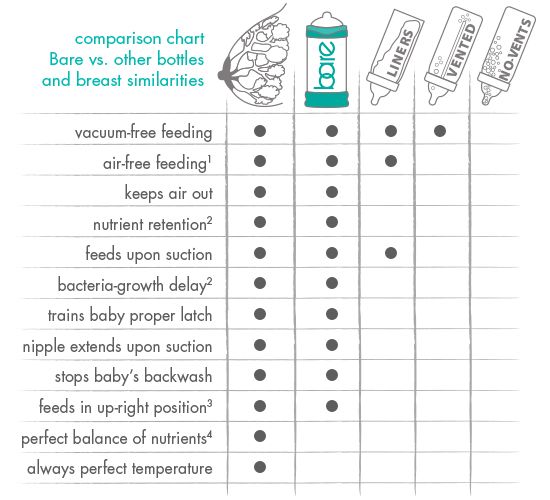 "
"
Cold turkey: One day, you simply make all the bottles disappear. If your child is old enough to understand, it might help to include them in the process. For example, you can warn them that today is the last day for bottles, and that starting tomorrow, they are going to drink only from "big boy" cups.
Weaning: The idea is to slowly swap out bottles in favor of cups. For example, you might fill in a cup for the bottle at just one feeding a day, then add a second cup the following week.
No matter how slow (or fast) you want to go, Ayoob says you should take away the mid-day bottles first, then the morning one. Get your child used to eating something solid first thing in the morning, he says, before you remove the morning bottle.
Most experts (and parents!) agree that taking away the nighttime bottle is the toughest final step. "Denying your baby a bottle, especially that last one before bed, can be incredibly challenging for moms and dads,” says Rallie McAllister, MD, MPH, coauthor of The Mommy MD Guide to the Toddler Years. “It makes it far more difficult to get babies to sleep, and when babies don’t sleep, neither do their parents."
“It makes it far more difficult to get babies to sleep, and when babies don’t sleep, neither do their parents."
To make things easier, she says to have a bedtime ritual in place. This keeps you from solely relying on the bottle to ease your child into sleep. "A nice warm bath, rocking while reading a story, and snuggling with a lovey can be great sources of comfort, security, and relaxation before bedtime, even when the bedtime bottle is no longer a part of the routine," she says.
Common Concerns
Nervous about stopping the bottle? We asked the experts to offer some extra help and support.
You're thinking: "She hates sippy cups."
The fix: To protect her teeth, try a cup that doesn't have a solid spout. It's too similar to a nipple, says Ayoob, who says a straw is a better choice. But in the end, "the best sippy cup is the one your child will drink from happily and consistently," McAllister says. "Buy a few different types and experiment.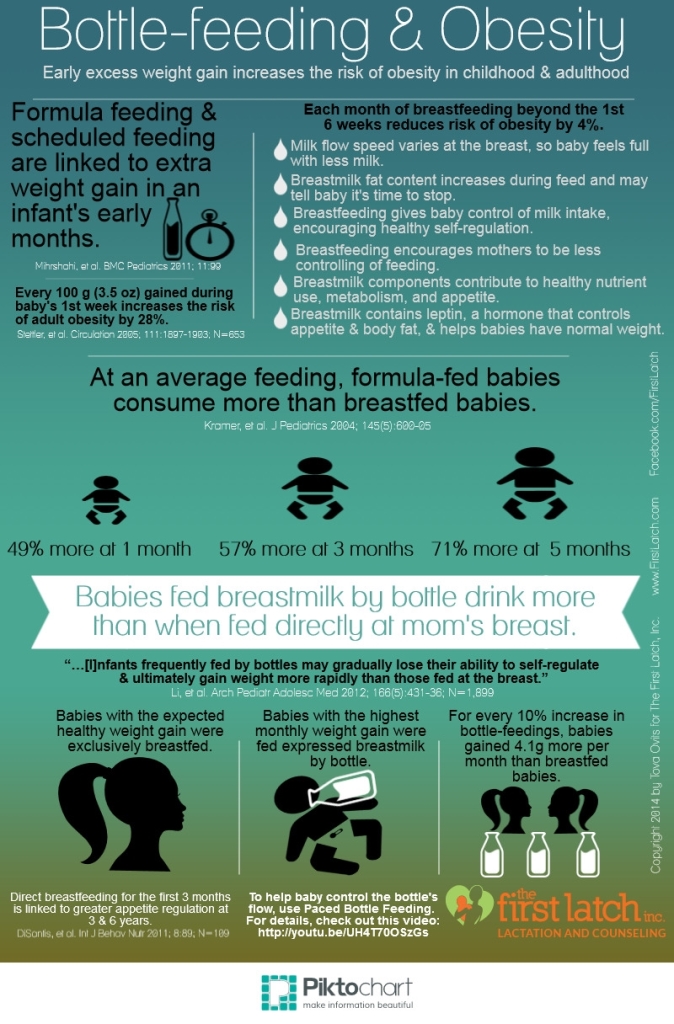 When you find one your child likes, buy a few!"
When you find one your child likes, buy a few!"
You can also have your child use regular, non-sippy cups. Still, it might take some time for her to learn to use it by herself. Give her something thick -- like vanilla yogurt or some puréed fruit that's been thinned with a little water -- to cut back on spills, Ayoob says.
You're thinking: "She'll drink water or juice from a sippy cup -- just not milk."
The fix: "Some children love the bottle so very much that they will be stubborn to take milk from anything else, but this is a temporary hunger strike!" Richel says.
Not willing to wait it out? Take the nipple off the bottle and offer it with a straw instead. Or start putting water in bottles and milk in cups and give your child a choice. "Tell her, 'Milk comes in a cup now. Water comes in a bottle. Which one do you want?'" Ayoob says. You can also try to make milk in a cup more tempting by flavoring it with puréed strawberries or other fruit.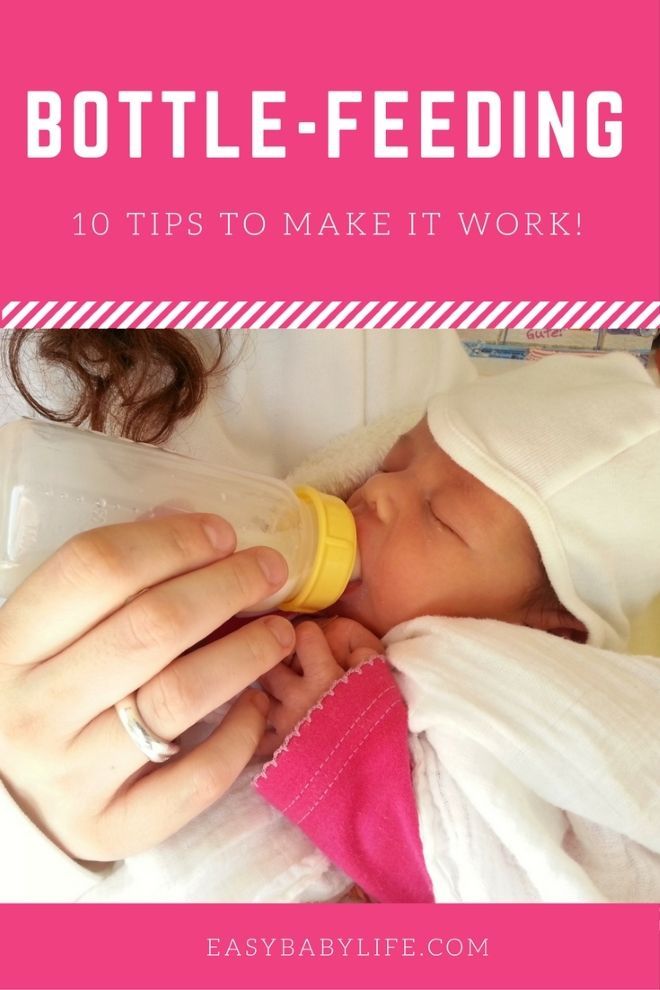 "A strawberry 'milkshake' might tempt her to drink from a cup," McAllister says.
"A strawberry 'milkshake' might tempt her to drink from a cup," McAllister says.
You're thinking: "If she refuses the cup, she won't get enough calcium."
The fix: Don't worry about them not getting enough calcium, even if they refuse milk from a cup for several weeks. Just be sure to feed them other sources, such as cheese and yogurt. Broccoli, soy milk, and calcium-fortified orange juice are good picks, too.
You're thinking: "He's going to throw a tantrum."
The fix: Let them. Throwing a fit is hardly out of character for a toddler, and they'll get over it. "If the parent is willing to put up with a meltdown for a day or two, it will go away," Ayoob says. "Remember, if he can drink from a cup, you're not denying him liquid."
You're thinking: "She'll never fall asleep."
The fix: Many children are used to having a bottle to settle down, but that will change. "Infants and toddlers can learn to self-soothe without the sucking that they have been accustomed to from pacifiers or bottles," Richel says.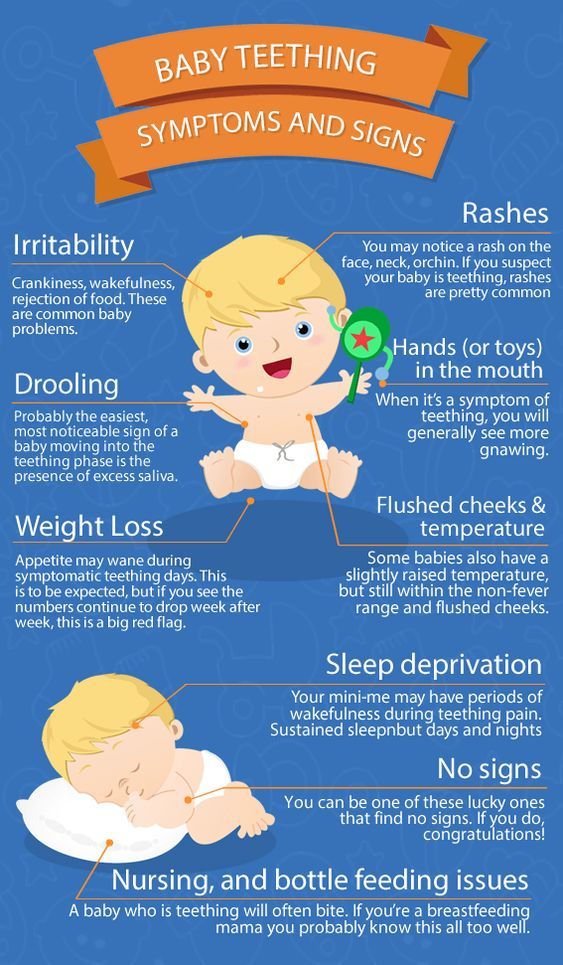 "It simply takes a bit of time. But it will happen."
"It simply takes a bit of time. But it will happen."
Stopping the Bottle (for Parents)
Reviewed by: Madhu Desiraju, MD
Primary Care Pediatrics at Nemours Children's Health
en español Dejar el biberón
Many toddlers become attached to their bottles. Besides providing nourishment, bottles also mean comfort and security.
It's important for parents to start weaning babies from bottles around the end of the first year and start getting them comfortable drinking from cups. The longer parents wait to start the transition, the more attached kids become to their bottles and the harder it can be to break the bottle habit. Longer bottle use may lead to cavities or cause a child to drink more milk than they need.
Switching from bottle to cup can be challenging, but these tips can make the change easier for parents and kids.
How Should I Start the Switch?
Most doctors recommend introducing a cup around the time a baby is 6 months old. In the beginning, much of what you serve in a cup will end up on the floor or on your baby. But by 12 months of age, most babies have the coordination and hand skills needed to hold a cup and drink from it.
In the beginning, much of what you serve in a cup will end up on the floor or on your baby. But by 12 months of age, most babies have the coordination and hand skills needed to hold a cup and drink from it.
Age 1 is also when doctors recommend switching from formula to cow's milk. It can be a natural change to offer milk in a cup rather than a bottle.
If you're still breastfeeding, you can continue feeding your baby breast milk, but you may want to offer it in a cup.
Tips to Try
Instead of cutting out bottles all at once, try dropping them from the feeding schedule over time.
For example, if your baby usually drinks 3 bottles each day, begin by stopping the morning bottle. Instead of giving a bottle right away, bring your baby to the table and after the feeding has started, offer milk from a cup. You might encourage your baby by saying something like "You're getting so big now and can use a cup like mommy."
As you try to stop the morning bottle, keep offering the afternoon and evening bottles for about a week.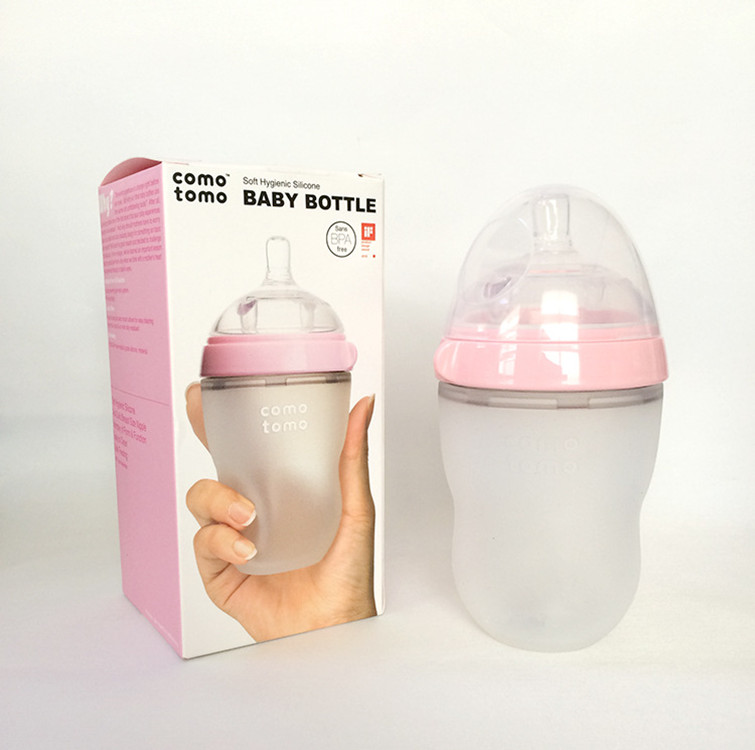 That way, if your child asks for the bottle you can say that one is coming later.
That way, if your child asks for the bottle you can say that one is coming later.
The next week, stop another bottle feeding and provide milk in a cup instead. Try to do this when your baby is sitting at the table in a high chair.
Generally, the last bottle to stop should be the nighttime bottle. That bottle tends to be a part of the bedtime routine and is the one that most provides comfort to babies. Instead of the bottle, try offering a cup of milk with your child's dinner and continue with the rest of your nighttime tasks, like a bath, bedtime story, or teeth brushing.
Other tips to keep in mind:
- Spill-proof cups that have spouts designed just for babies ("sippy cups") can help ease the move from the bottle. Dentists recommend sippy cups with a hard spout or a straw, rather than ones with soft spouts.
- When your child does use the cup, offer plenty of praise. If grandma is around, for example, you might say, "See, Emma is such a big girl she drinks milk in a cup!"
- If you keep getting asked for a bottle, find out what your child really needs or wants and offer that instead.
 If your baby is thirsty or hungry, provide nourishment in a cup or on a plate. If it's comfort, offer hugs, and if your little one is bored, sit down and play!
If your baby is thirsty or hungry, provide nourishment in a cup or on a plate. If it's comfort, offer hugs, and if your little one is bored, sit down and play! - As you wean your baby from the bottle, try mixing the milk in the bottle with water. For the first few days, fill half of it with water and half of it with milk. Then slowly add more water until the entire bottle is water. By that time, it's likely that your child will lose interest and be asking for the yummy milk that comes in a cup!
- Get rid of the bottles or put them out of sight.
If you have problems or concerns about stopping the bottle, talk with your child's doctor.
Reviewed by: Madhu Desiraju, MD
Date reviewed: June 2022
Baby won't take the bottle | Philips Avent
search support iconSearch Keywords
Home ›› What to do when your baby refuses a bottle
↑ top
any problems. If your breastfed baby refuses a bottle, don't worry. This is a common occurrence in many babies who are used to breastfeeding. Obviously, this can create certain difficulties for moms, especially if you need to return to work in the near future. nine0003
If your breastfed baby refuses a bottle, don't worry. This is a common occurrence in many babies who are used to breastfeeding. Obviously, this can create certain difficulties for moms, especially if you need to return to work in the near future. nine0003
3 Philips Avent products to help you bottle feed:
So why is your baby refusing to bottle and crying? There are many ways to quickly and easily teach a breastfed baby to a bottle. Here are important tips on what to do when your baby refuses a bottle.
Is the baby refusing the bottle? Take a step back
If your baby cries while bottle feeding, the first thing to do is to start over and rethink your feeding approach and technique. Try the following steps when bottle feeding your baby: [1]
- Lift and tilt your baby's head forward. Before inserting the pacifier into the baby's mouth, make sure that the baby's head is raised and tilted over his body to avoid choking: so that the baby does not choke and have the opportunity to burp during bottle feeding.
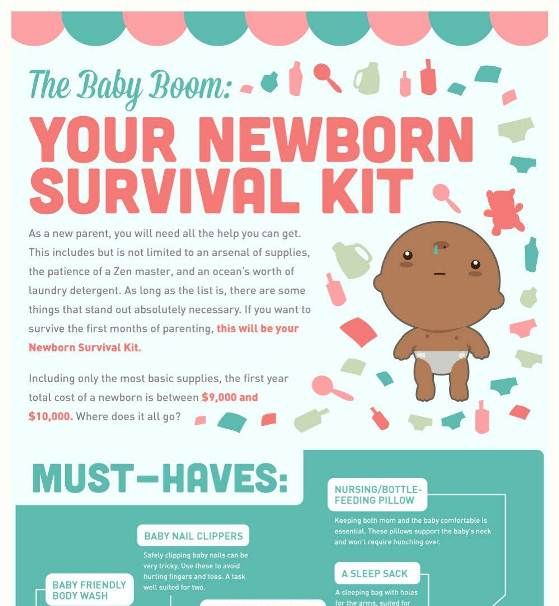
- Insert the pacifier. Bring the pacifier to the baby's lips and gently guide it into the baby's mouth. In no case do not try to press the nipple on the baby's lips and try to push it into his mouth. After touching the pacifier to the baby's lips, wait for the baby to open his mouth and take the pacifier. nine0036
- Hold the bottle at an angle. Tilt the bottle at an angle so that the nipple is only half full. So the child can eat at his own pace.
- Let the baby burp during and after feeding. It can be useful for a child to burp not only after feeding, but also approximately in the middle of the process. This will help reduce gas or tummy discomfort that your baby may experience from swallowing too much air.
- Stop in time, do not overfeed the baby. If the baby begins to turn his head away from the bottle or closes his mouth, then he is full and you need to stop feeding.
- Perhaps the flow of milk from the nipple to the baby is weak or, on the contrary, too fast, so he is naughty and refuses the bottle.
 Try changing the nipple to a nipple with a different flow.
Try changing the nipple to a nipple with a different flow.
Other tips if your baby refuses the bottle
If you've followed the steps above and your baby still refuses the bottle, don't worry. There are other ways to help bottle feed your baby. Here are some simple tricks you can add to your bottle feeding process. nine0029 [2]
1. Remind your child about mom.
Sometimes a child can be fed by someone other than his mother - dad, grandmother or, for example, a nanny. If your baby fusses while bottle feeding, try wrapping the bottle in something that smells like mommy, like a piece of clothing or some fabric. This will make it easier to feed the baby when the mother is not around.
2. Try to maintain skin contact while bottle feeding. nine0006
Some babies need contact with their mother, so try bottle feeding while leaning against you. However, some babies are better at bottle feeding when they are in the exact opposite position than when they are breastfed. For example, there is a position with bent legs. Lay the child on your bent knees, facing you, pointing the child's legs towards your stomach. During feeding, the baby will be able to look at you and contact you in this way. If your baby refuses a bottle, experiment to see which works best. nine0003
For example, there is a position with bent legs. Lay the child on your bent knees, facing you, pointing the child's legs towards your stomach. During feeding, the baby will be able to look at you and contact you in this way. If your baby refuses a bottle, experiment to see which works best. nine0003
3. Move while feeding.
Sometimes all it takes to get your baby to take the bottle is a little wiggle or walk. The next time your baby starts crying while bottle feeding, try moving around a little rhythmically to calm him down.
4. Try changing the milk temperature.
If the baby still does not want to take the bottle, check if the milk in the bottle is too hot or too cold. Before feeding, put some warm breast milk on the inside of your wrist to check the temperature. Milk should be warm, but if it seemed hot to you, just place the bottle for a short while under a stream of cold water. nine0003
Choosing the right bottle for your baby If you plan to combine bottle feeding with breastfeeding, it is advisable to choose bottles with a nipple that will have a wide base as the bottle will grip closer to the breast.
Natural bottle allows you to combine breast and bottle feeding. 83.3% of babies switch from a Natural bottle to breastfeeding and back.*
If you choose a bottle for artificial feeding, traditional bottles are fine, but it is desirable that the nipple is made of a hypoallergenic material, such as silicone, has an anti-colic valve and did not stick together when bottle fed. In case your baby spit up often, then use special bottles with anti-colic and anti-reflux valve, which reduces the risk of spitting up and colic.
Bottle with unique AirFree valve reduces the risk of colic, gas and spitting up. With this bottle, you can feed your baby in an upright or semi-upright position to reduce spitting up. Due to the fact that the nipple is filled with milk and not air during feeding, the baby does not swallow air, which means that feeding will be more comfortable.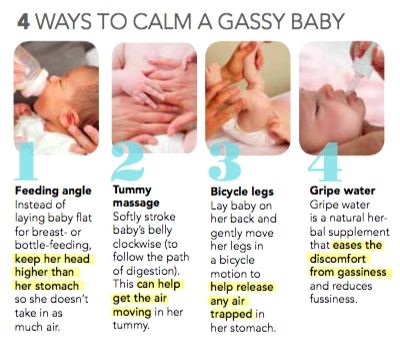
Both bottles are indispensable if you want to breastfeed, bottle feed or just bottle feed your baby. nine0003
“My baby refuses to breastfeed but bottle feeds – help!”
Sometimes a baby gets used to bottle feeding and refuses to breastfeed. Therefore, it is important to use bottles that are suitable for combining breastfeeding with bottle feeding. If, nevertheless, you are faced with the fact that the child refuses to take the breast, try using silicone nipple covers to make the transition from the bottle to the breast and back more imperceptible. nine0013
Remember that if you want to combine breastfeeding and bottle feeding, it is worth waiting at least a month before offering a bottle, so that you are lactating and have time to get used to each other and develop a breastfeeding regimen.
Breastfeed and bottle feed your baby with pleasure
Remember that it takes a while for your baby to get used to bottle feeding. This is completely normal. If you have to go to work, be sure to set aside enough time to bottle train your baby beforehand. nine0013
This is completely normal. If you have to go to work, be sure to set aside enough time to bottle train your baby beforehand. nine0013
Remember that every child is different, so what works for one may not work for another. With a little time and patience, you will find out what works best for your baby when he refuses a bottle.
You will identify your child's unique needs. However, if your baby still refuses the bottle after all the steps above, check with your pediatrician.
Articles and tips from Philips Avent
References:
*O.L. Lukoyanova, T.E. Borovik, I.A. Belyaeva, G.V. Yatsyk; NTsZD RAMS; 1st Moscow State Medical University THEM. Sechenova, "The use of modern technological methods to maintain successful breastfeeding", RF, 10/02/2012 3 llli.org - The Baby Who Doesn't Nurse
llli.org - Introducing a Bottle to a Breastfed Baby
Baby+ app
Download the app and track your child's development and growth with trackers and save those special moments forever.
Download app:
You are leaving the Philips Healthcare (“Philips”) official website. Any links to third party websites that may be included on this site are provided solely as a convenience to you. Philips makes no warranties regarding any third party websites or the information they contain. nine0003
I understand
You are about to visit a Philips global content page
Continue
You are about to visit the Philips USA website.
I understand
How to wean a child from a bottle, son 2 years
#1
9000 #2 9000
#3
#4
#5
#6
#7 #7 #7
Doesn't go to the potty (in diapers all day)
And constantly sticks to the boobs.
#8
#9
From six months she gave the baby water from a drinking bowl. I just found a convenient one for him, Tupperovsky. He has been drinking from a cup since the year. But I breastfed for a long time, perhaps because of this, the baby did not have cravings for bottles and nipples. nine0003
#10
At night they stopped giving a bottle and that's it. In the evening we gave him a lot to drink. Then they warned: if you ask for a drink at night, we won’t give it! He may not have understood well, or perhaps he understood very well what we meant. But still he asked. I cried a little, but we did not give. Since it was night and he had not yet slept off his, he fell asleep. After 4-6 nights, he stopped asking and began to sleep through the night without waking up. Since then, he does not wake up at night at all. nine0003
After 4-6 nights, he stopped asking and began to sleep through the night without waking up. Since then, he does not wake up at night at all. nine0003
And in general, I weaned him off the bottle like this: I bought a glass bottle. Threw out the plastic ones. Then she told him: your bottle is made of glass, it can break like a glass. If you break it, there will be no more bottle. He was already 3.5 years old, so he understood very well what it was about. A month later, the bottle broke (it had to happen). As soon as she fell to the floor, he began to cry and said: how am I going to drink now? I consoled him, said that this happens and that he is already a big boy and can drink from a glass. He certainly "suffered" at first with a glass. But after 2 days I got used to it. nine0003
#11
#12
9000 #13
9000 April 2015, 09:55
#27
Guest
I'm wondering how to wean sissy??? April will be 2 years old. She doesn’t go to the potty (in diapers all day) And constantly sticks to her boobs.
Unreliable stories
-
I am infuriated by my husband with his children and grandchildren ...
1 038 answers
-
The man immediately warned that all property was recorded for children
840 answers
9ATH0002 -
A lie 22 years long. How to destroy?
868 answers
-
Husband left, 2 months of depression... How will you cope if you are left all alone?
186 answers
Such a salary - I don't want to work
569 answers
#28
#29
123
It's too early for him to wean himself off the bottle. Let him drink from it. But it is necessary to wean drinking at night. We weaned ours at 2 years from the night bottle, and at 3.5 years from the bottle in general.
Let him drink from it. But it is necessary to wean drinking at night. We weaned ours at 2 years from the night bottle, and at 3.5 years from the bottle in general.
#30
Guest
I'm wondering how to wean sissy??? April will be 2 years old. She doesn’t go to the potty (in diapers all day) And constantly sticks to her boobs.
#31
#32
Thing
Why teach her at all???? There are no drinkers and mugs?
#33
Thing
Why teach her at all???? There are no drinkers and mugs?
#34
#35
#37
New threads
-
Child support
No responses
900 Size matters -
Help me choose.
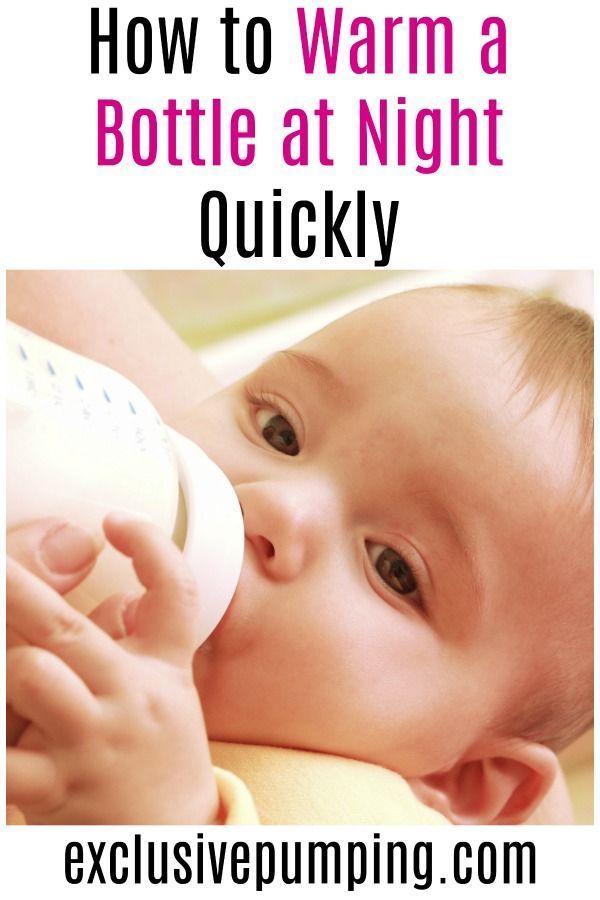 Sex
Sex No answers
-
I am in complete despair
No answers
-
Woman at 35 is not young
1 answer
No answers
#39
#40
# 41
#42
#43
Guest
I wonder how to wean sissy??? April will be 2 years old.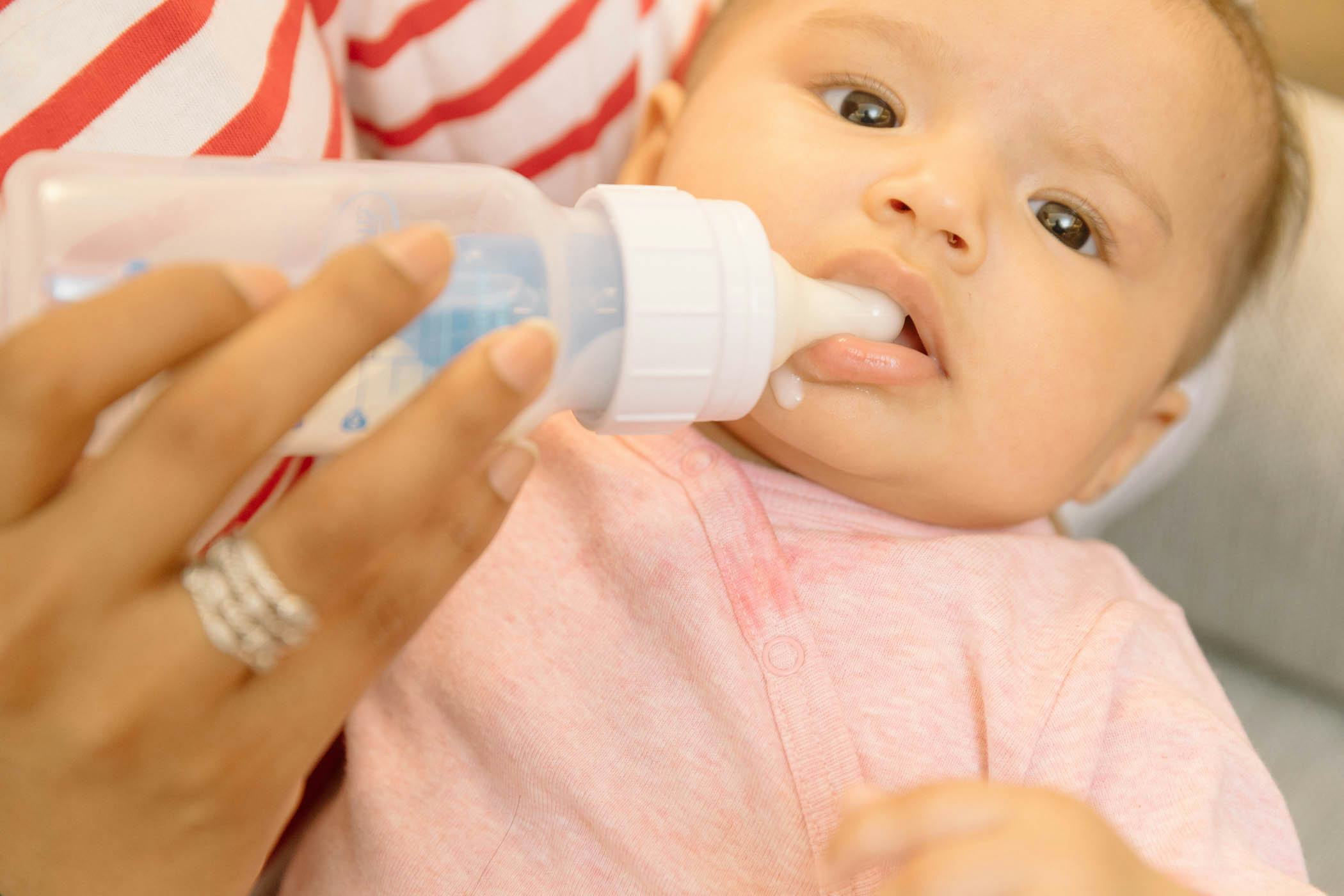 She doesn’t go to the potty (in diapers all day) And constantly sticks to her boobs.
She doesn’t go to the potty (in diapers all day) And constantly sticks to her boobs.
#44
#45
Natalia
Natalia
Natalia
Natalia
Natalia
Natalia
Natalia
Natalia
#47
Thing
Why teach her at all???? There are no drinkers and mugs?
#48
Well, actually, not everyone has the opportunity to breastfeed their baby for a long time, so someone has to teach the bottle quite early (I only breastfed for 3 months), and someone, unfortunately, has to be in mixtures from birth.

